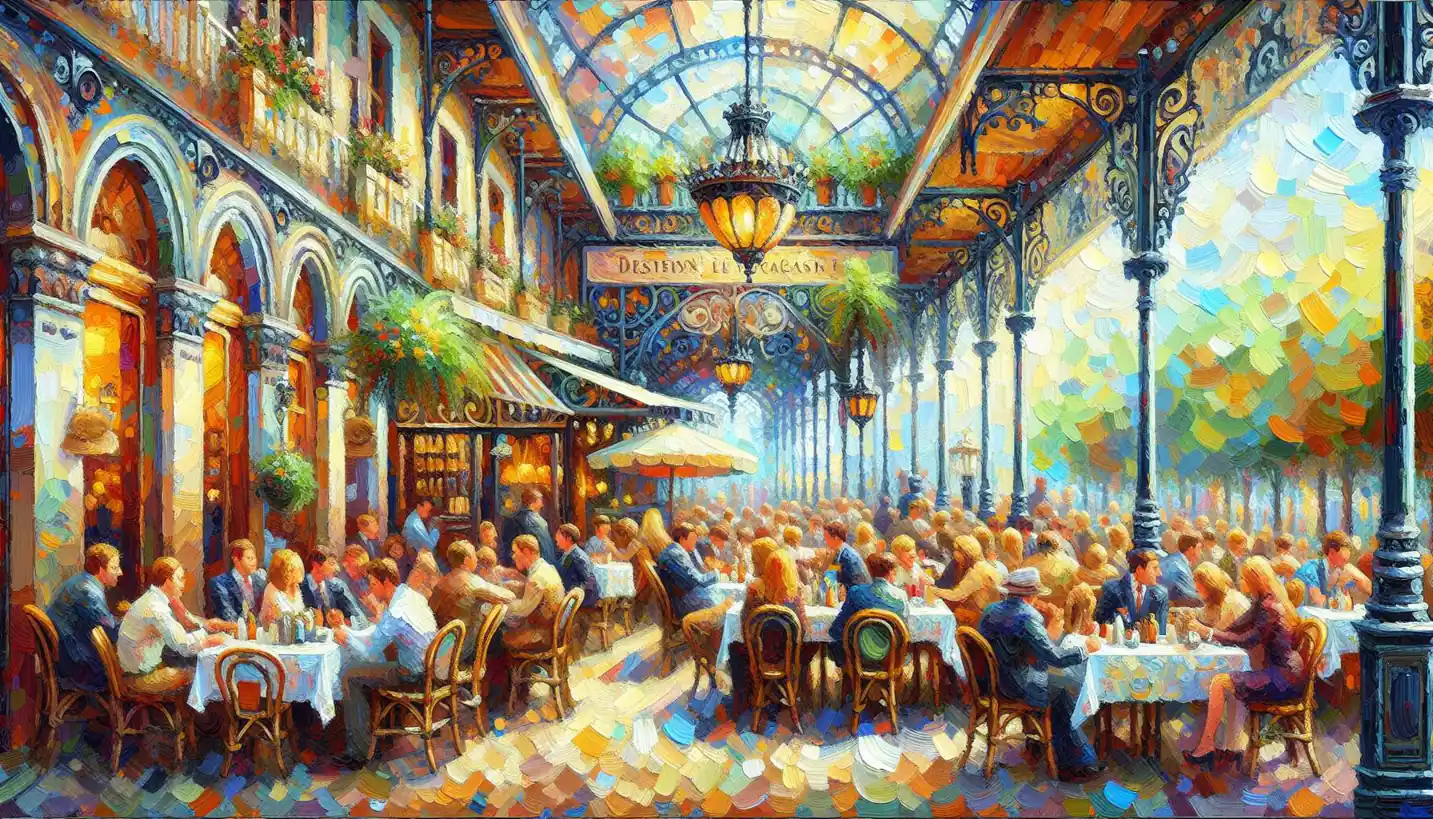· Art · 5 min read
Monumentality and Public Art: Stories That Touch the Sky
Monumentality in public art leaves a bold, striking impact on urban landscapes. Discover towering creations that tell stories reaching the sky.

When you think about a city’s skyline or its bustling parks, the towering sculptures and sprawling murals often steal the show. But what is it about these larger-than-life works that grab our attention and make them so unforgettable? This is where the idea of “monumentality” in public art comes in, playing a vital role in shaping our shared spaces and experiences.
Monumentality isn’t just about size; it’s about creating something so impactful that it resonates with a community. Imagine strolling through your local park, where a grand sculpture captures your eye. This piece isn’t just a chunk of stone or metal; it’s a storyteller, conveying shared histories and collective dreams.
The Origins of Monumentality
The concept of monumentality dates back centuries, reaching as far back as the pyramids of Egypt or the towering statues in ancient Rome. These historical marvels were built not only to show power and achievement, but also to connect people to a common identity. Fast forward to today, and the idea remains similar: public art is a way for communities to express who they are and where they aspire to go.
Public Art and Community
Public art pieces are more than just decorations; they are anchors in public spaces that embody community values. Imagine a mural in a bustling city square. It’s not just art; it’s a canvas of diverse stories, reflecting the dreams, struggles, and hopes of those who pass by every day.
Artists often collaborate with local communities to create these works, ensuring that the art reflects the spirit and identity of the people who live there. Through workshops and discussions, artists gather the tales and aspirations of locals, weaving them into their creations.
The Science of Impact
But why does monumentality in public art matter so much? On a fundamental level, humans are naturally drawn to larger-than-life structures. Our brains are wired to notice and process extraordinary features. This is why towering sculptures or expansive murals easily capture our attention. They break the monotony of everyday life and compel a moment of reflection or awe.
Moreover, studies show that public art can significantly affect the mood and behavior of those who encounter it. Monumental pieces can evoke a range of emotions, from inspiration and pride to contemplation and hope. They serve as landmarks, both physically and emotionally, that people navigate through their urban landscapes.
Famous Examples and Their Stories
Consider the Gateway Arch in St. Louis, an enormous monument that symbolizes the city as the “Gateway to the West.” It stands as a beacon of exploration and expansion, embodying the pioneering spirit that shaped America.
Or think about the Christ the Redeemer statue in Rio de Janeiro, which isn’t just an icon of Christianity but also an emblem of Brazilian culture, offering a sense of protection and openness to those who see it.
These structures are more than monumental in size; they’re monumental in significance. They’ve become an integral part of the landmarks they inhabit, entwining their stories with the identity of their locations.
Challenges in Monumental Public Art
Creating monumental art comes with its own set of challenges. These pieces often require considerable resources and a great deal of collaboration among artists, architects, local governments, and communities. Moreover, artists must consider the lasting impact of their work on the environment and the landscape.
There’s also the question of reception. Not all monumental works are universally loved or understood. Sometimes, they provoke controversy or debate, pushing people to question and reconsider their perspectives.
A prime example is the Vietnam Veterans Memorial in Washington, D.C., which sparked much debate upon its completion due to its unconventional design. Yet, over time, it has become a place of reflection and remembrance for millions.
The Future of Monumentality
Looking ahead, what does the future hold for monumentality in public art? As our societies become more diverse and technology drives rapid changes, the role of public art will likely evolve.
Artists today are exploring new materials and interactive technologies, allowing for more dynamic and engaging public art experiences. Imagine a sculpture that responds to human touch or a mural that changes color with the weather. These innovations not only enhance the aesthetic appeal of the art but also enrich the ways in which people interact with these pieces.
Moreover, the rise of virtual and augmented reality opens the door for transcending physical limitations, adding layers of experience to both new and existing monumental works.
Conclusion
Monumentality in public art transcends mere aesthetics; it’s about leaving an indelible mark on the landscape and in the hearts of the people who experience it. These monumental works serve as beacons of identity and unity, encouraging dialogue and connection.
As society continues to evolve, so too will the concept of monumentality. Whatever form it takes, the essence will remain: it’s about creating something bigger than ourselves, something that tells our stories and stands the test of time. In the end, monumentality in public art is about touching the sky—a timeless pursuit to reach for something truly extraordinary.



